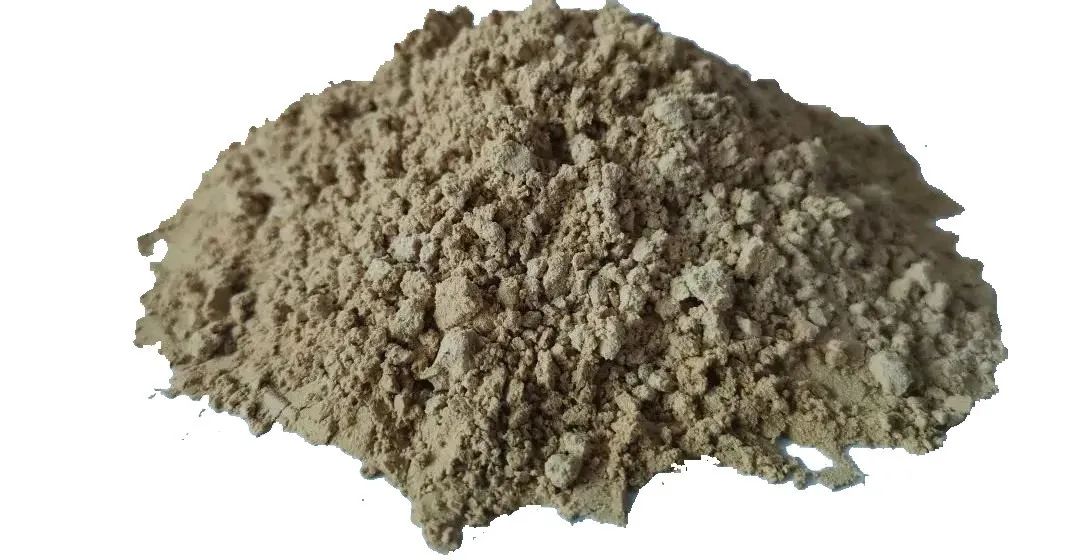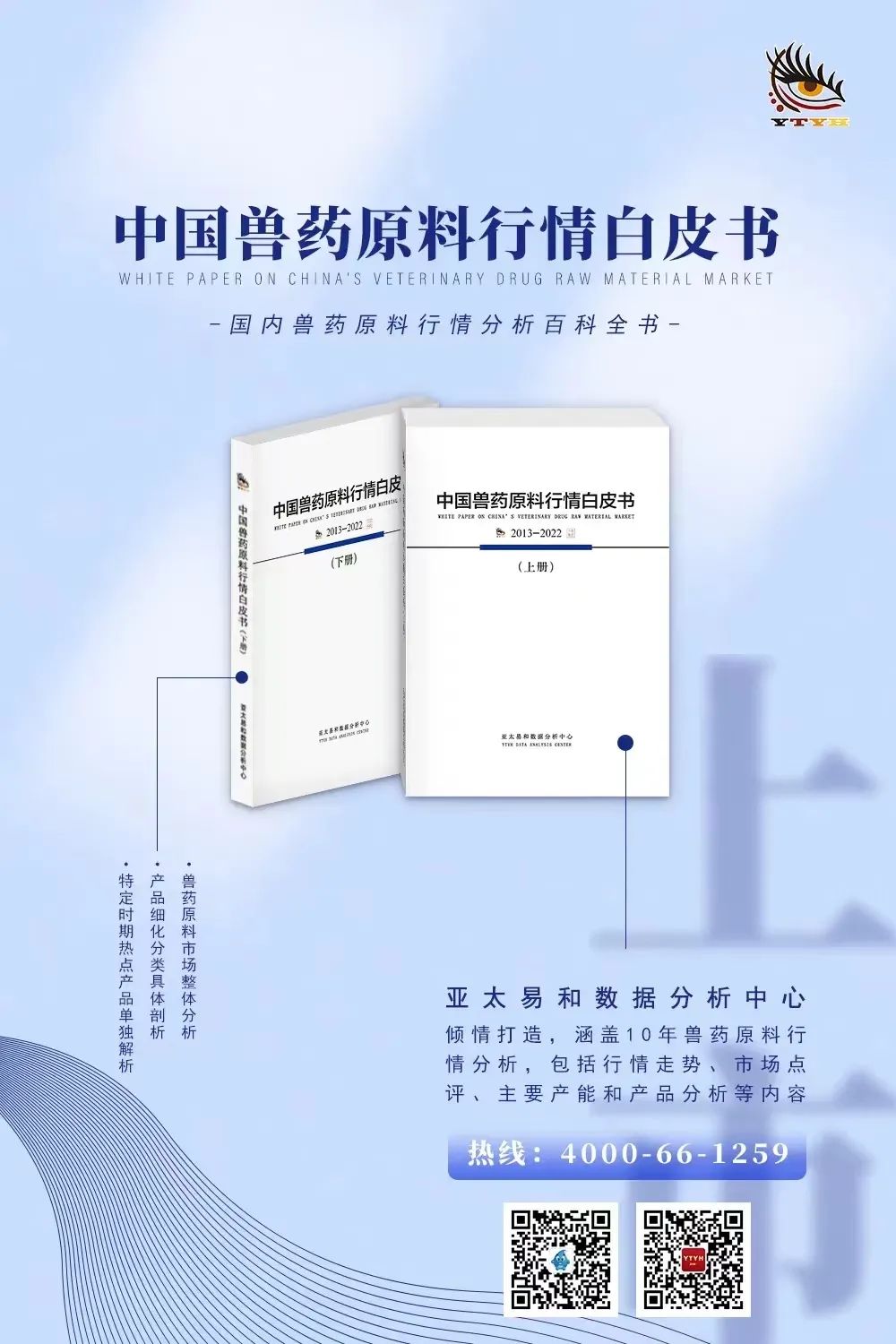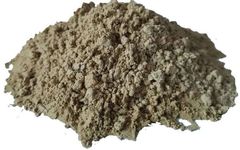1. Traditional Chinese Medicine (TCM) powders, granules, and oral solutions are different formulations, each with distinct efficacy.The medicinal properties of TCM powders maintain the integrity of the whole herb, providing a more comprehensive and complete efficacy. TCM powdersare unique; they behave like a person, rising and falling in their own way. Some herbs rise, like Sheng Ma (Cimicifugae Rhizoma); others descend, like Chen Xiang (Aquilariae Lignum) and minerals; some target the five internal organs, while others affect the limbs; some act on the upper jiao, some on the middle jiao, and some on the lower jiao… For instance, flowers and leaves rise and disperse, while roots descend; branches affect the limbs, stems connect the upper and lower parts, plant nodes correspond to human joints, skin affects the body surface, cores enter the heart, collaterals connect the channels, vines ascend, and thorns pierce… This requires us to observe the nature of the herb itself, selecting based on the location and nature of the disease, as well as the entry and exit of pathogenic factors.TCM granules, aside from their main active ingredients, contain relatively complex additional components, generally including excipients like glucose, which may result in slower therapeutic effects compared to powders. The production processes for granules and oral solutions involve extraction and purification of the herbal components. While their main ingredients have more targeted functions, compared to the all-natural TCM powders, they may weaken the multi-component, multi-target “dual regulation and dual valve” effects, losing the synergistic and holistic functions.2. Although different TCM formulations exhibit varying efficacies, they all reflect the inherent functional characteristics of Traditional Chinese Medicine developed over five thousand years.Traditional Chinese Medicine is a national treasure of Chinese culture, and the TCM industry is a major carrier of this excellent traditional culture. Veterinary Chinese medicine also adheres to the natural herbal properties, traditional compatibility, and uses authentic medicinal materials, such as Guang Huo Xiang (Agastaches Herba), Gansu Gan Cao (Glycyrrhizae Radix), and Ningxia Gou Qi Zi (Lycii Fructus), ensuring high quality.Whether it is TCM powders, granules, or oral solutions, they embody the multi-component, multi-target, and dual regulatory functions of TCM. From a global perspective, there have been no reports of resistance to TCM, which has demonstrated strong vitality over five thousand years. The absence of resistance and tolerance in TCM is fundamentally about treatment, prevention, health maintenance, functionality, quality, and flavor.3. Evaluating which formulation is better based solely on efficacy is not comprehensive.TCM powders emphasize the whole herb, while granules focus on the main active ingredients, and oral solutions prioritize both the main active ingredients and higher production standards.From a purely efficacy and convenience standpoint, oral solutions are superior to granules, and granules are superior to powders. However, when considering the comprehensiveness, integrity, overall safety, and especially cost-effectiveness, it can be confidently stated that TCM powders are superior to granules, and granules are superior to oral solutions.Of course, promoting the application of TCM in livestock production must consider the temperature, heat, cold, and cool properties of the herbs, as well as the neutral properties beyond just their medicinal effects. It is essential to consider the individual differences in TCM, as well as the “large individual” characteristics of group farming in livestock, including other administration methods, dosages, and seasonal factors.This presents a significant challenge in applying and promoting veterinary Chinese medicine, requiring consideration of both tradition and innovation, as well as the large-scale and modern production applications. For example, traditional TCM powders are more suitable for functional health in feed and emergency clinical administration, while modern TCM granules and oral solutions are better suited for automated large-scale production, addressing the simplification of administration for TCM powders and the “one herb corresponds to one syndrome” approach.Please look forward to the next article: “From the Perspective of Timeliness and Efficacy: Which Formulation is Better – TCM Powders, Granules, or Oral Solutions? (3)”Forward
TCM powdersare unique; they behave like a person, rising and falling in their own way. Some herbs rise, like Sheng Ma (Cimicifugae Rhizoma); others descend, like Chen Xiang (Aquilariae Lignum) and minerals; some target the five internal organs, while others affect the limbs; some act on the upper jiao, some on the middle jiao, and some on the lower jiao… For instance, flowers and leaves rise and disperse, while roots descend; branches affect the limbs, stems connect the upper and lower parts, plant nodes correspond to human joints, skin affects the body surface, cores enter the heart, collaterals connect the channels, vines ascend, and thorns pierce… This requires us to observe the nature of the herb itself, selecting based on the location and nature of the disease, as well as the entry and exit of pathogenic factors.TCM granules, aside from their main active ingredients, contain relatively complex additional components, generally including excipients like glucose, which may result in slower therapeutic effects compared to powders. The production processes for granules and oral solutions involve extraction and purification of the herbal components. While their main ingredients have more targeted functions, compared to the all-natural TCM powders, they may weaken the multi-component, multi-target “dual regulation and dual valve” effects, losing the synergistic and holistic functions.2. Although different TCM formulations exhibit varying efficacies, they all reflect the inherent functional characteristics of Traditional Chinese Medicine developed over five thousand years.Traditional Chinese Medicine is a national treasure of Chinese culture, and the TCM industry is a major carrier of this excellent traditional culture. Veterinary Chinese medicine also adheres to the natural herbal properties, traditional compatibility, and uses authentic medicinal materials, such as Guang Huo Xiang (Agastaches Herba), Gansu Gan Cao (Glycyrrhizae Radix), and Ningxia Gou Qi Zi (Lycii Fructus), ensuring high quality.Whether it is TCM powders, granules, or oral solutions, they embody the multi-component, multi-target, and dual regulatory functions of TCM. From a global perspective, there have been no reports of resistance to TCM, which has demonstrated strong vitality over five thousand years. The absence of resistance and tolerance in TCM is fundamentally about treatment, prevention, health maintenance, functionality, quality, and flavor.3. Evaluating which formulation is better based solely on efficacy is not comprehensive.TCM powders emphasize the whole herb, while granules focus on the main active ingredients, and oral solutions prioritize both the main active ingredients and higher production standards.From a purely efficacy and convenience standpoint, oral solutions are superior to granules, and granules are superior to powders. However, when considering the comprehensiveness, integrity, overall safety, and especially cost-effectiveness, it can be confidently stated that TCM powders are superior to granules, and granules are superior to oral solutions.Of course, promoting the application of TCM in livestock production must consider the temperature, heat, cold, and cool properties of the herbs, as well as the neutral properties beyond just their medicinal effects. It is essential to consider the individual differences in TCM, as well as the “large individual” characteristics of group farming in livestock, including other administration methods, dosages, and seasonal factors.This presents a significant challenge in applying and promoting veterinary Chinese medicine, requiring consideration of both tradition and innovation, as well as the large-scale and modern production applications. For example, traditional TCM powders are more suitable for functional health in feed and emergency clinical administration, while modern TCM granules and oral solutions are better suited for automated large-scale production, addressing the simplification of administration for TCM powders and the “one herb corresponds to one syndrome” approach.Please look forward to the next article: “From the Perspective of Timeliness and Efficacy: Which Formulation is Better – TCM Powders, Granules, or Oral Solutions? (3)”Forward
Comprehensive analysis and development prospects of the veterinary Chinese medicine industry
Periodical
Summary of the drying rates of 139 commonly used Chinese medicinal materials
Return
Poultry are prone to qi and blood deficiency, especially for layer hens, it is crucial to tonify qi, nourish blood, generate fluids, and invigorate blood circulation!
Consult
TCM Popular Science | Wind-Dampness Dispelling Herbs
Disclaimer
This article is sourced from the Veterinary Chinese Medicine Gaoshan Zao, meticulously compiled and shared for public benefit, primarily for learning and exchange purposes. Copyright belongs to the original author, and we express our gratitude! If there is any infringement, please inform us, and we will promptly delete and apologize.


